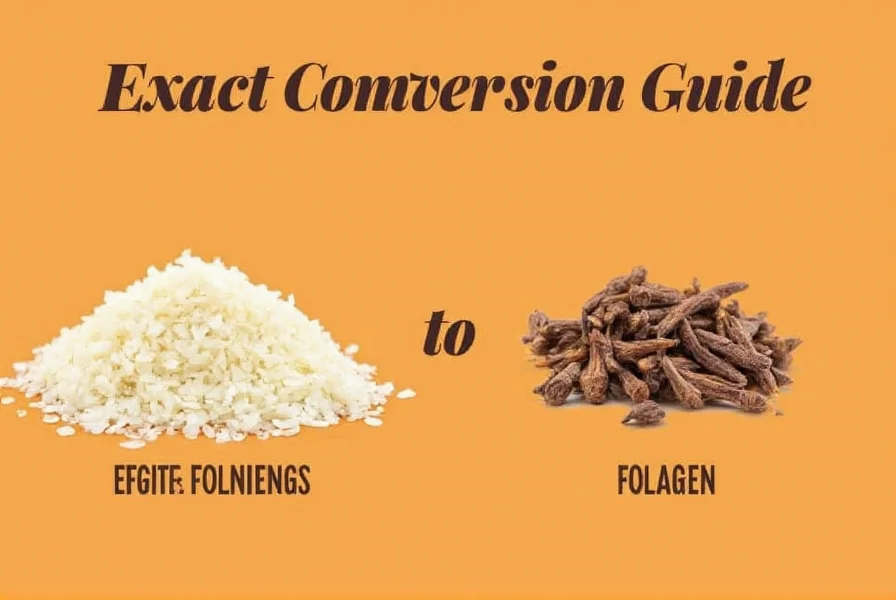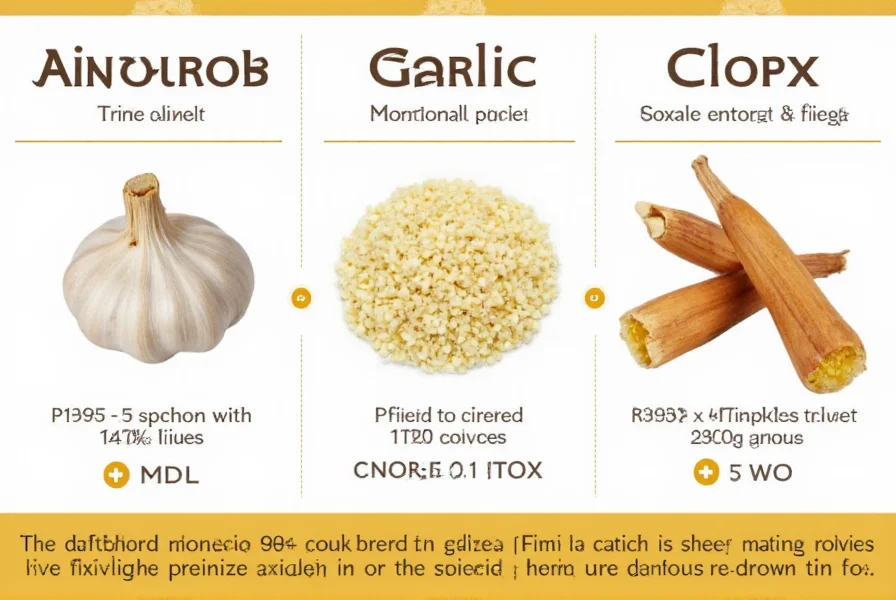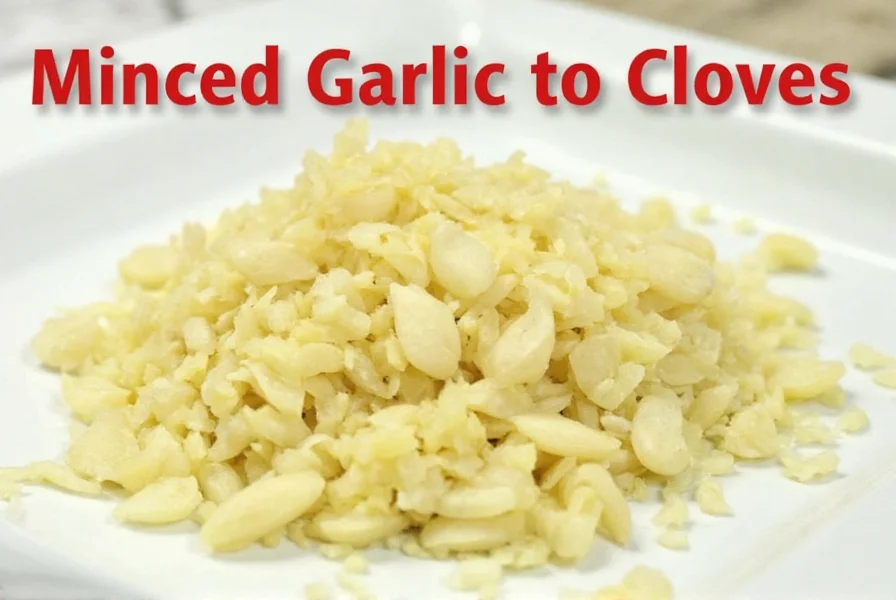Understanding garlic measurements is essential for achieving perfect flavor balance in your cooking. Many recipes call for minced garlic without specifying whether to use fresh cloves or pre-minced product, creating confusion in the kitchen. This guide provides precise conversion information along with practical cooking insights.
Garlic Measurement Conversion Chart
| Garlic Form | Equivalent Measurement | Flavor Intensity |
|---|---|---|
| 1 small garlic clove | 1/4 teaspoon minced | Mild |
| 1 medium garlic clove | 1/2 teaspoon minced | Moderate |
| 1 large garlic clove | 3/4 teaspoon minced | Strong |
| 1 tablespoon minced garlic | 2-3 medium cloves | Robust |
Why Garlic Measurements Matter in Cooking
Garlic's pungency significantly impacts dish flavor profiles. Using the wrong amount can overpower or underwhelm your recipe. Fresh garlic cloves contain allicin, the compound responsible for garlic's distinctive flavor and health benefits, which develops when cells are ruptured through chopping or mincing.
When converting from whole cloves to minced garlic, remember that pre-minced garlic from jars often contains preservatives that slightly alter flavor and potency. Freshly minced garlic delivers more vibrant flavor than store-bought alternatives. For the most accurate minced garlic to cloves conversion in your recipes, freshly prepare your garlic whenever possible.

Practical Kitchen Applications
Understanding the minced garlic equivalent per clove helps when adapting recipes. If a recipe calls for 3 cloves of garlic and you only have pre-minced, you'll need approximately 1 1/2 teaspoons. Conversely, if your recipe specifies 1 tablespoon of minced garlic, you should use 2-3 medium cloves.
Chefs recommend adjusting garlic quantities based on variety and freshness. Older garlic develops a stronger flavor, while younger garlic tends to be milder. When converting minced garlic to whole cloves for roasting applications, use slightly larger quantities as roasting mellows garlic's sharpness.
Storage Considerations for Different Garlic Forms
Whole garlic cloves maintain freshness for weeks when stored in a cool, dry place. Once minced, garlic oxidizes quickly. For best results, use freshly minced garlic immediately. If storing minced garlic, keep it in an airtight container in the refrigerator for no more than 24 hours to preserve flavor quality.
Many home cooks wonder about the minced garlic to cloves ratio when using frozen garlic paste. One teaspoon of frozen garlic paste typically equals one medium clove. This convenient alternative works well for meal prep while maintaining reasonable flavor integrity.

Common Substitution Mistakes to Avoid
Many cooks make critical errors when substituting between garlic forms. Using jarred minced garlic without adjusting quantities often results in overpowering dishes, as commercial products frequently contain citric acid that intensifies flavor. When converting minced garlic to cloves for delicate sauces, start with less than the standard ratio and adjust to taste.
For international recipes that specify "a head of garlic," remember this equals approximately 10-12 cloves, yielding 5-6 teaspoons of minced garlic. Understanding these conversions prevents recipe failures and ensures consistent results across different culinary traditions.
Frequently Asked Questions
How much jarred minced garlic equals one clove?
One medium garlic clove equals approximately 1/2 teaspoon of jarred minced garlic. However, jarred garlic often contains preservatives that intensify flavor, so many chefs recommend using 1/3 teaspoon instead to achieve similar potency to fresh garlic.
Can I substitute garlic powder for fresh cloves in recipes?
Yes, but with careful conversion. As a general rule, 1/8 teaspoon garlic powder equals one fresh garlic clove. Garlic powder has concentrated flavor, so start with less and adjust to taste. Remember that powder lacks the moisture content of fresh garlic, which may affect recipe texture.
Why does my minced garlic measurement seem stronger than fresh cloves?
Minced garlic releases more allicin, garlic's flavor compound, than whole cloves. When you mince garlic, you rupture more cells, increasing potency. Additionally, jarred minced garlic often contains citric acid that enhances perceived strength. For equivalent flavor, use slightly less minced garlic than the standard conversion suggests.
How do I convert minced garlic measurements for roasting?
When roasting, garlic becomes milder, so you may need to increase quantities. For roasted applications, use 1 teaspoon of minced garlic per serving instead of the standard 1/2 teaspoon per clove. Roasted garlic paste yields approximately 1 tablespoon per medium head, equivalent to 2-3 teaspoons of raw minced garlic in flavor impact.











 浙公网安备
33010002000092号
浙公网安备
33010002000092号 浙B2-20120091-4
浙B2-20120091-4